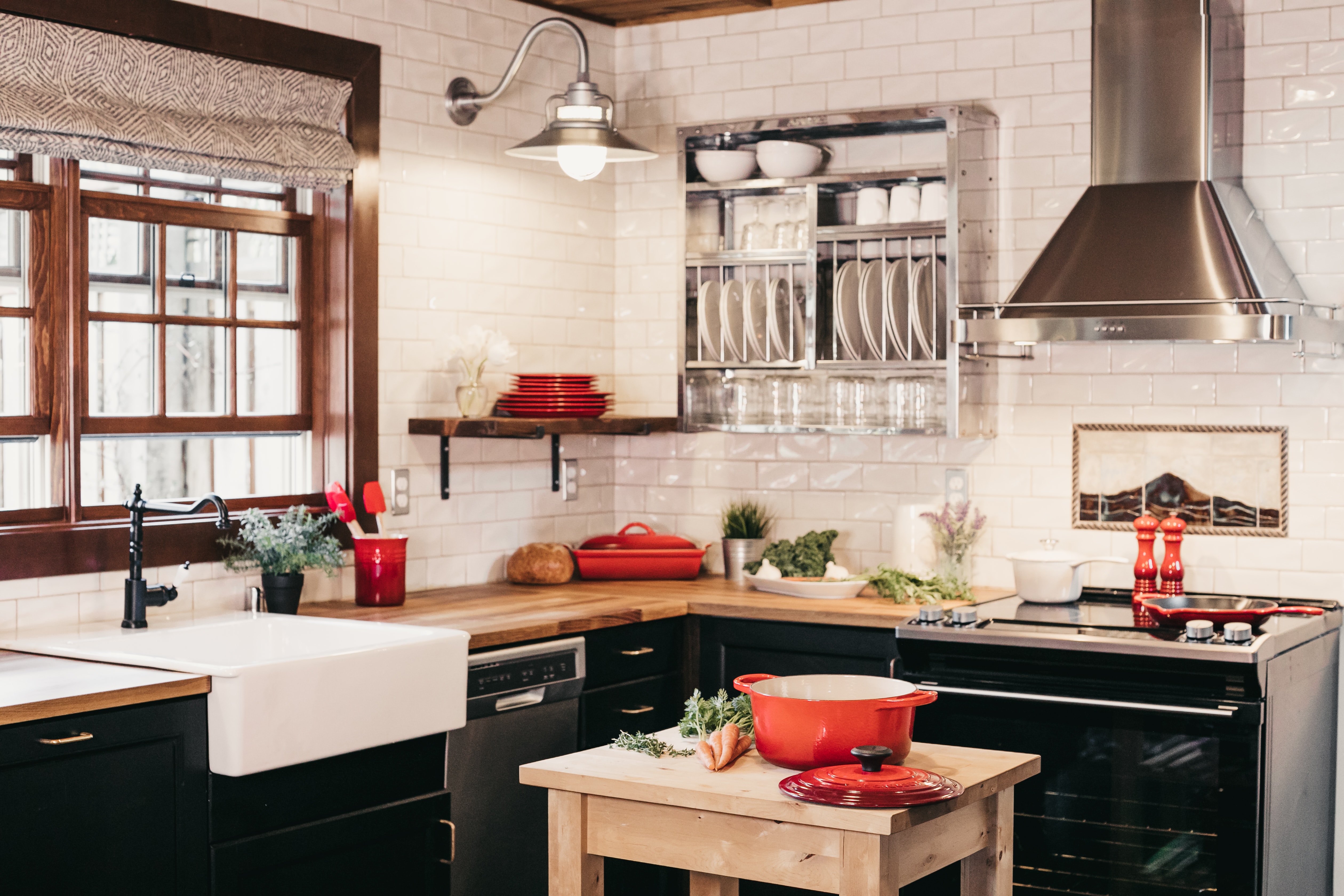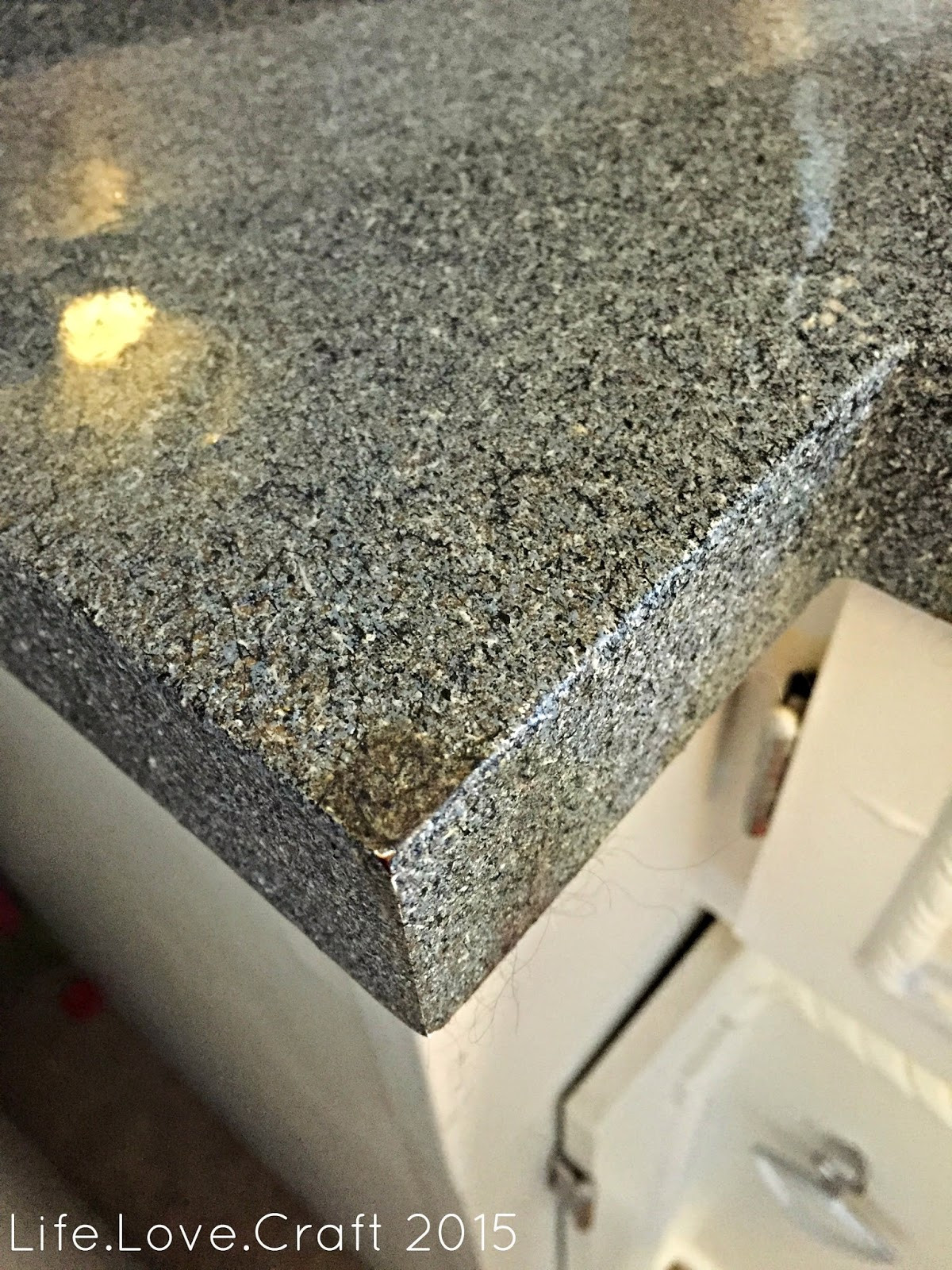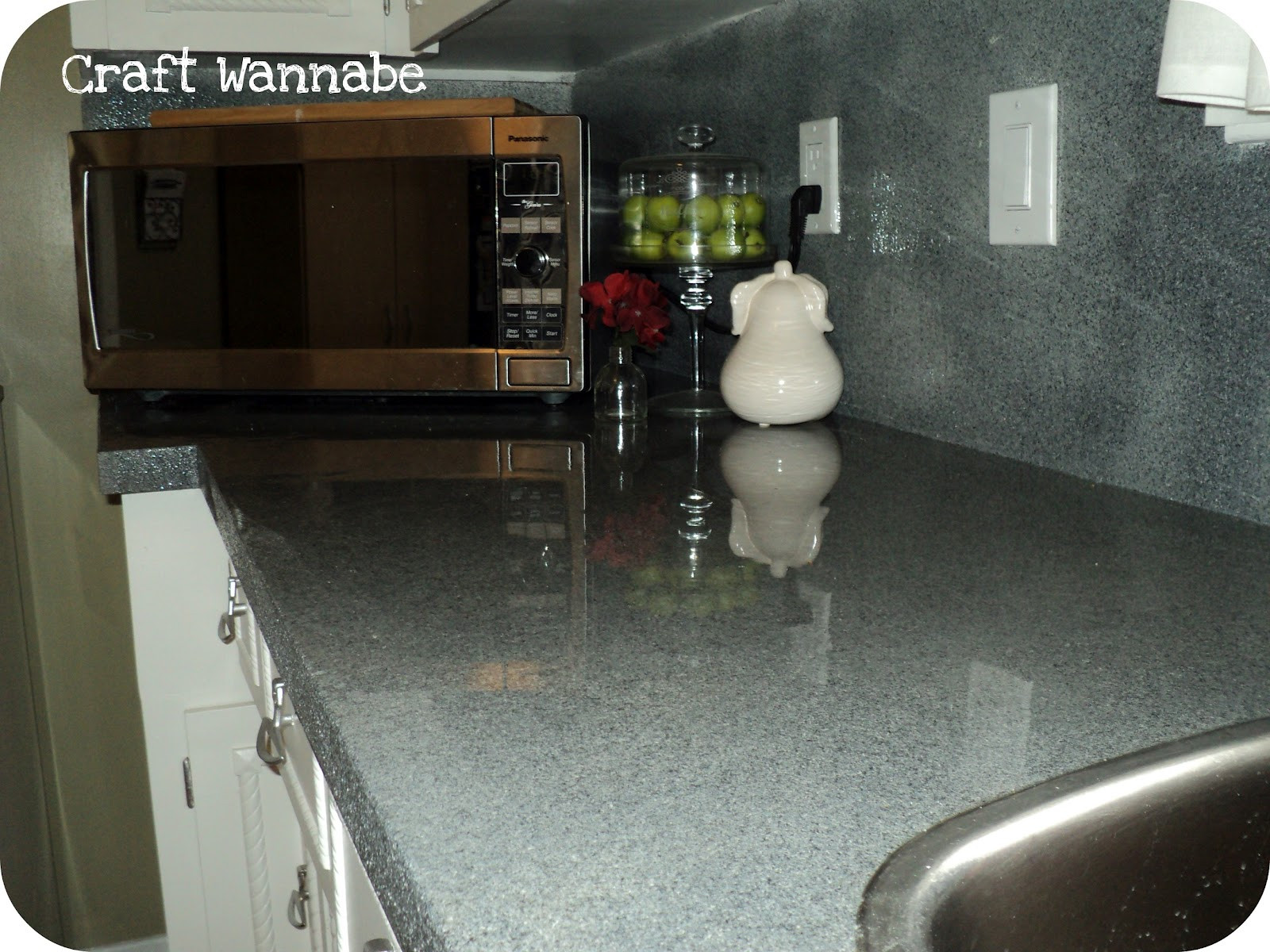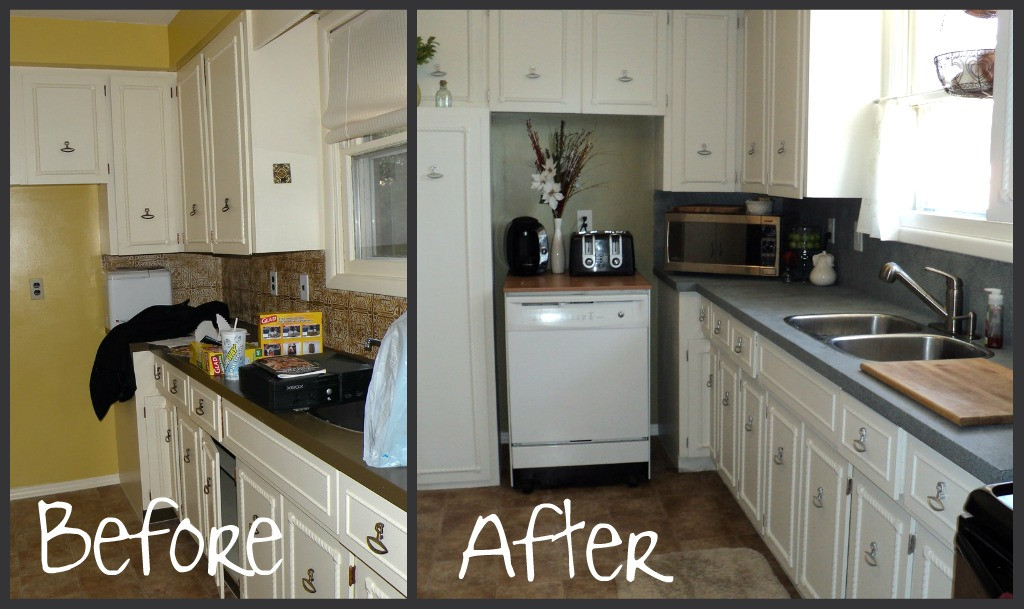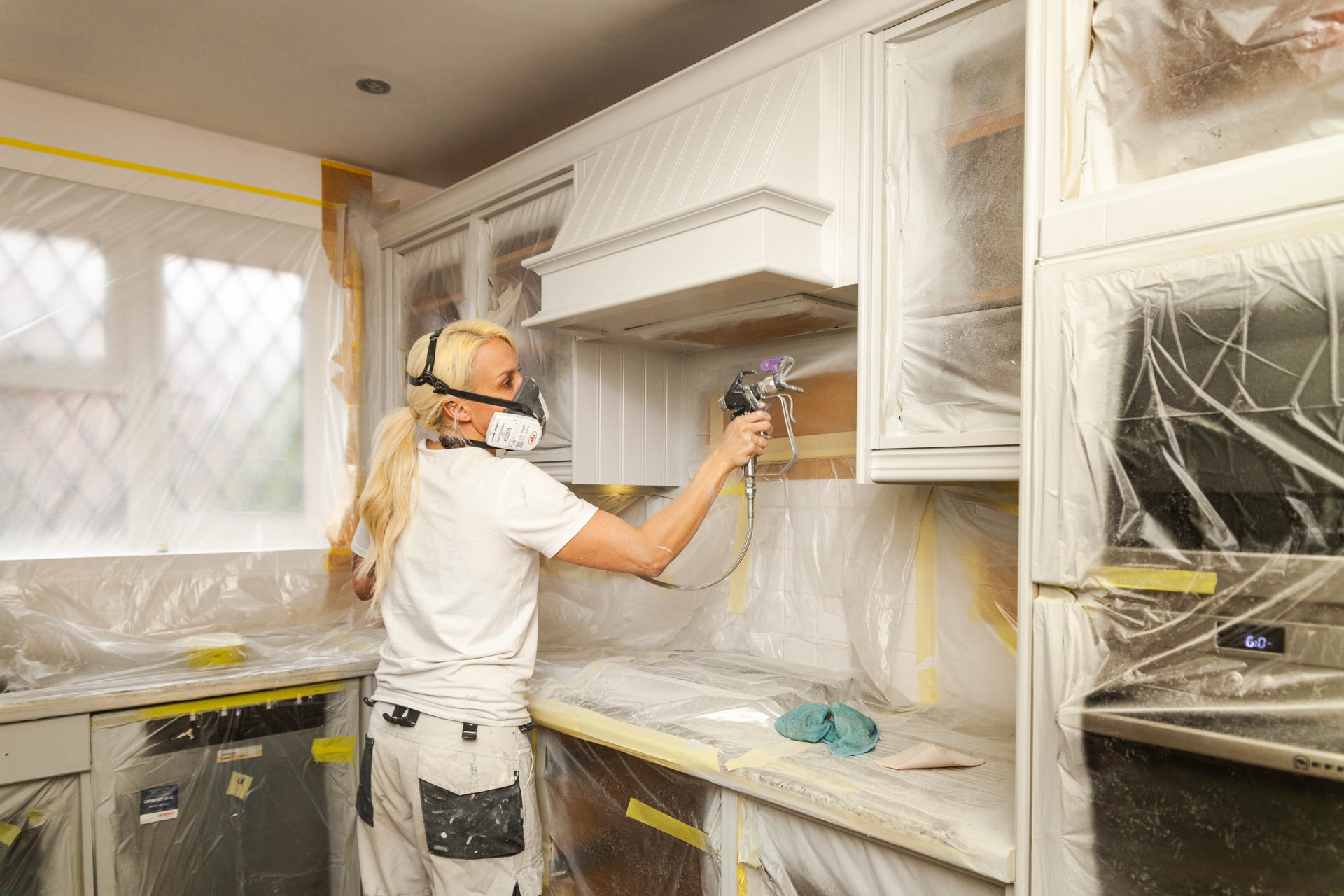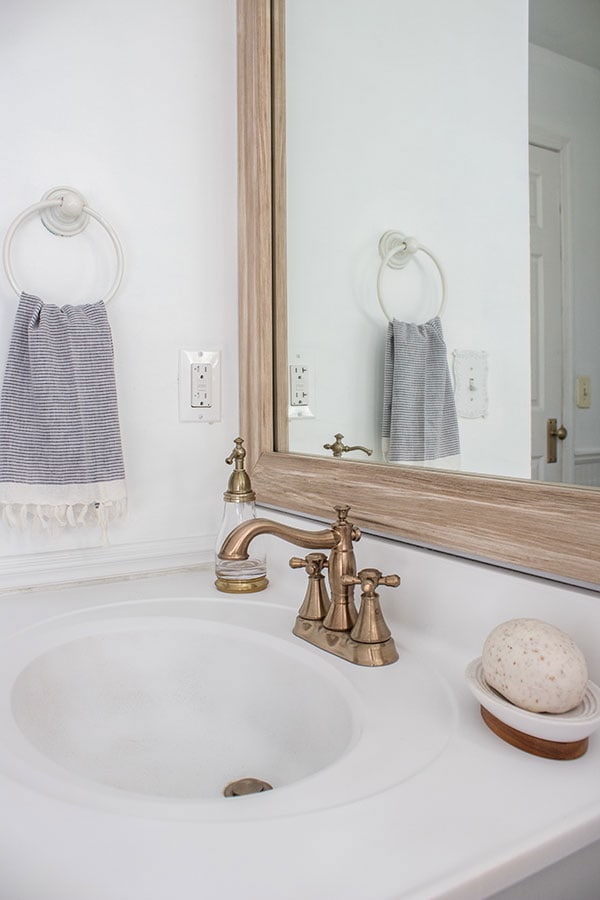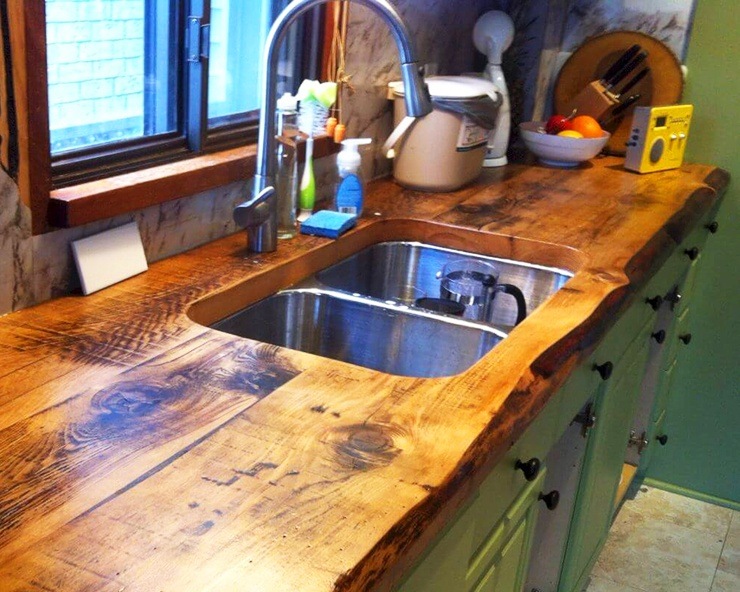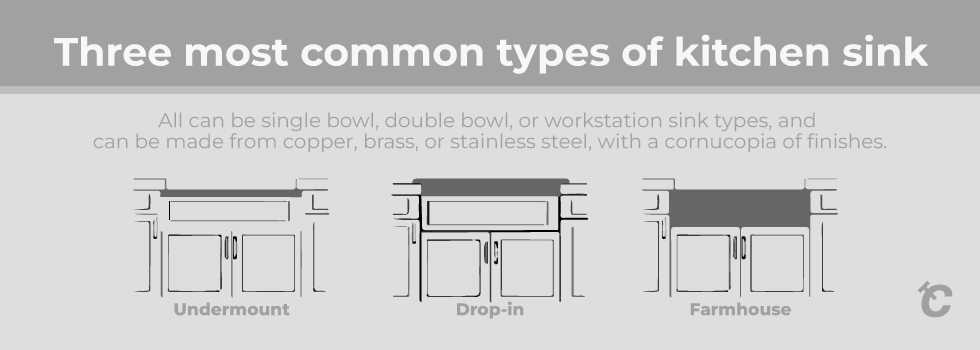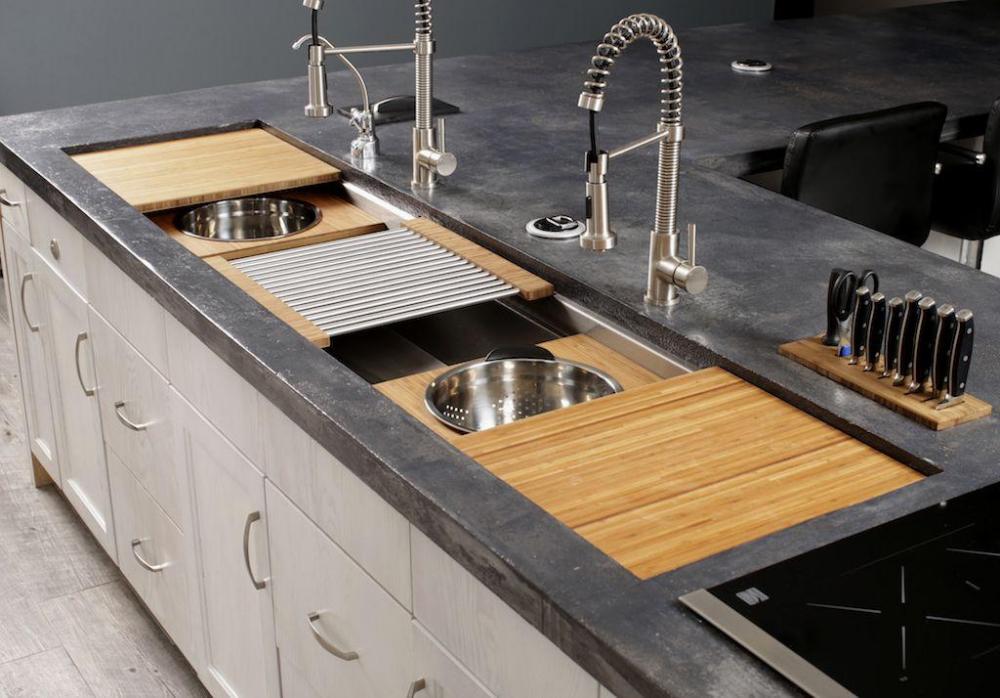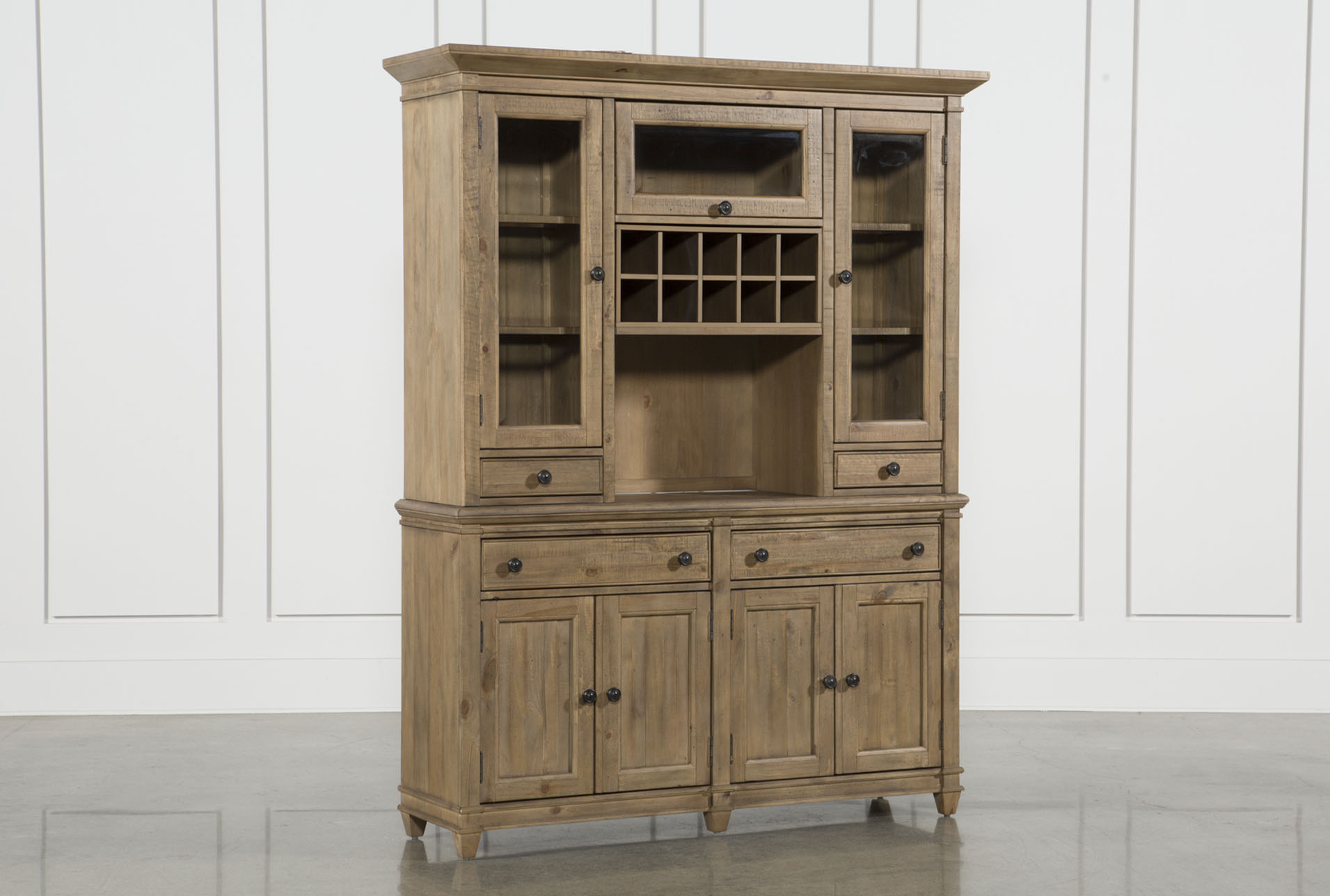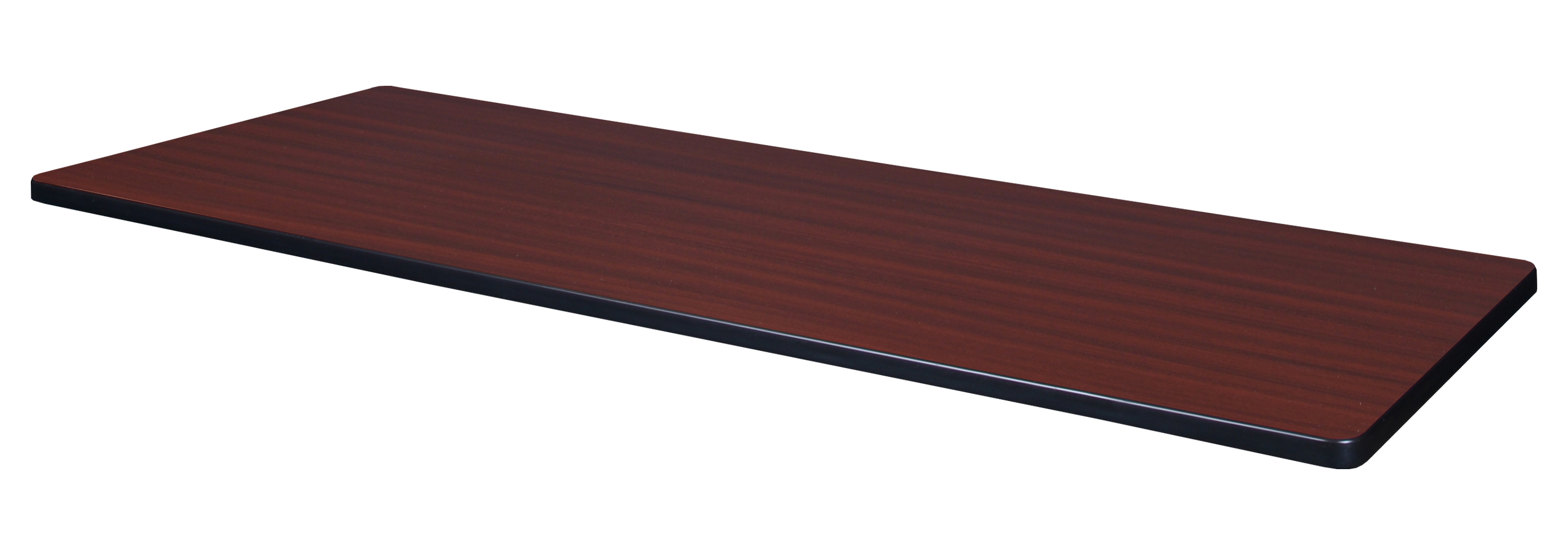Have you ever looked at your old, stained kitchen sink and thought, “I wish I could just paint over it”? Well, the good news is that you can! With the right materials and a little bit of elbow grease, you can easily transform your kitchen sink into a brand new, beautiful focal point in your kitchen. Here’s how to spray paint a kitchen sink. First, you’ll need to gather your materials. You’ll need a spray paint specifically designed for use on metal surfaces, as well as sandpaper, primer, and a clear topcoat. Make sure to choose a color that will complement your kitchen’s overall aesthetic. Next, you’ll need to thoroughly clean your sink. Use a scrub brush and a mixture of warm water and dish soap to remove any dirt, grime, or grease. Rinse the sink well and dry it completely. Then, use a fine-grit sandpaper to lightly rough up the surface of the sink. This will help the primer and paint adhere better. Now it’s time to prime the sink. Using a high-quality metal primer, spray a thin and even coat over the entire surface of the sink. Be sure to follow the instructions on the primer can and allow it to dry completely before moving on to the next step. Once the primer is dry, you’re ready to spray paint your sink. Hold the can about 8-12 inches away from the sink and use smooth, back-and-forth strokes to apply a thin and even coat of paint. It’s better to do several thin coats rather than one thick coat to avoid drips and uneven coverage. Allow each coat to dry completely before applying the next one. After you’ve achieved the desired coverage and color, it’s time to apply a clear topcoat. This will help protect your sink from scratches and stains. Follow the instructions on the topcoat can and allow it to dry completely before using your sink. And there you have it – a beautifully painted kitchen sink! Just be sure to avoid using abrasive cleaners or scrubbing too hard on the surface to maintain the integrity of the paint.1. How to Spray Paint a Kitchen Sink
The short answer is yes, you can absolutely paint a kitchen sink. In fact, it’s a cost-effective and easy way to update the look of your kitchen without having to invest in a whole new sink. However, it’s important to note that not all sinks are suitable for painting. If you have a porcelain or ceramic sink, it’s not recommended to paint it as the paint may not adhere properly and could end up chipping or peeling. However, if you have a metal sink, such as stainless steel or cast iron, painting it can be a great option to give it a fresh new look. Just make sure to properly prepare the surface, use the right materials, and follow the steps outlined in this article to achieve a professional-looking finish.2. Can You Paint a Kitchen Sink?
Painting a kitchen sink is a great DIY project that can easily be done over a weekend. Not only is it a budget-friendly option, but it also allows you to customize the look of your kitchen without having to completely remodel it. Start by gathering all the necessary materials, including a metal-specific spray paint, sandpaper, primer, and a clear topcoat. It’s also a good idea to have some painter’s tape and drop cloths to protect your surrounding surfaces. Next, thoroughly clean and sand the sink to ensure the paint will adhere properly. Then, apply a coat of primer, followed by several thin coats of spray paint. Once the paint is dry, add a clear topcoat for added protection. With a little bit of effort and creativity, you can transform your old, dull sink into a statement piece in your kitchen with this easy DIY project.3. DIY: How to Paint a Kitchen Sink
While painting a kitchen sink may seem like a straightforward task, there are a few tips and tricks that can help you achieve the best results. First, make sure to properly clean and sand the sink before painting. This will ensure the paint adheres properly and lasts longer. When choosing a spray paint, opt for a high-quality brand that is specifically designed for use on metal surfaces. This will ensure a smooth, durable finish. It’s also important to apply several thin coats of paint rather than one thick coat. This will prevent drips and uneven coverage. Lastly, make sure to follow the instructions on the paint and topcoat cans, including drying times and any necessary precautions.4. Tips for Painting a Kitchen Sink
When it comes to choosing the best spray paint for your kitchen sink, it’s important to choose a high-quality brand that is specifically designed for metal surfaces. Rust-Oleum Specialty High Heat Spray Paint and Krylon Dual Superbond Paint + Primer are both great options for painting metal surfaces, including kitchen sinks. They offer a wide range of colors and provide a durable finish that can withstand high temperatures and daily use.5. Best Spray Paint for Kitchen Sinks
For those who prefer a more detailed guide, here’s a step-by-step breakdown of how to paint a kitchen sink: 1. Gather all necessary materials, including spray paint, sandpaper, primer, and a clear topcoat. 2. Thoroughly clean and dry the sink. 3. Lightly sand the sink to rough up the surface. 4. Apply a coat of primer and allow it to dry completely. 5. Apply several thin coats of spray paint, allowing each coat to dry before applying the next one. 6. Once the desired coverage and color are achieved, apply a clear topcoat and let it dry. 7. Avoid using abrasive cleaners or scrubbing too hard on the sink to maintain the integrity of the paint.6. Step-by-Step Guide to Painting a Kitchen Sink
Painting your kitchen sink is a simple and affordable way to give your kitchen a whole new look. With a wide range of colors and finishes available, you can easily customize your sink to fit your personal style and complement your kitchen’s overall design. Whether you have an old, stained sink or just want to update the look of your kitchen, spray painting your sink is a DIY project that can easily be done in a weekend.7. Transform Your Kitchen Sink with Spray Paint
Before diving into painting your kitchen sink, there are a few important things to keep in mind. First, ensure that your sink is made of a suitable material for painting. As mentioned previously, porcelain and ceramic sinks are not recommended for painting. Second, make sure to properly prepare the sink before painting by cleaning and sanding it to ensure the paint adheres properly. Lastly, choose a high-quality spray paint specifically designed for metal surfaces and follow the instructions on the can for best results.8. Painting a Kitchen Sink: What You Need to Know
While it may be tempting to use whatever spray paint you have lying around, it’s important to use a paint specifically designed for use on metal surfaces when painting a kitchen sink. Regular spray paint may not adhere properly to the sink’s surface and could end up chipping or peeling, resulting in a less-than-desirable finish. Stick to a high-quality, metal-specific spray paint for the best results.9. Can You Use Regular Spray Paint on a Kitchen Sink?
Properly preparing and painting a kitchen sink is a simple process that can be done in a few easy steps. Start by cleaning and sanding the sink to ensure the paint will adhere properly. Then, apply a coat of primer and several thin coats of spray paint, allowing each coat to dry before applying the next one. Finish with a clear topcoat for added protection. With these simple steps, you can easily transform your old, stained sink into a beautiful focal point in your kitchen, all while staying within your budget.10. How to Prep and Paint a Kitchen Sink
The Pros and Cons of Spray Painting Your Kitchen Sink

Is your kitchen sink looking a little dull and outdated? Are you considering giving it a fresh new look with some spray paint? While this may seem like a quick and cost-effective solution, there are some things you should consider before taking on this DIY project.
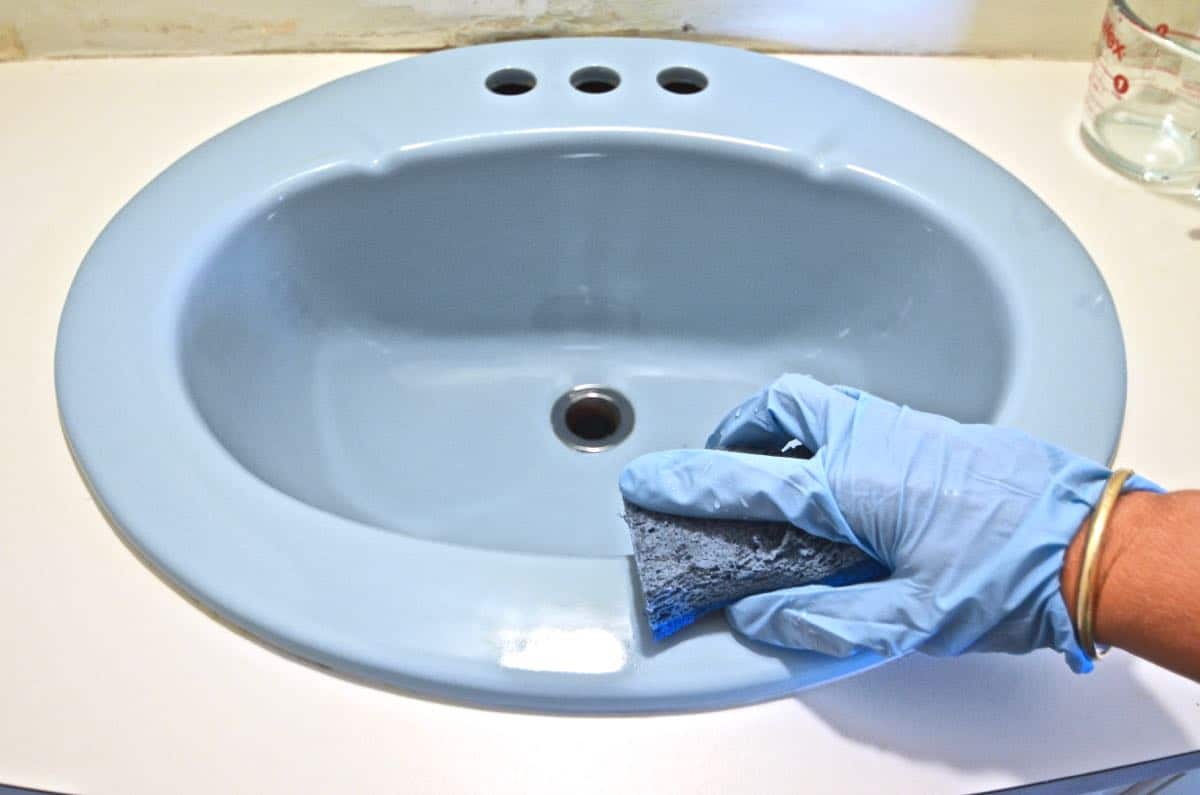
First, let's talk about the pros of spray painting your kitchen sink. One major advantage is the cost savings. Replacing a kitchen sink can be expensive, especially if you want to upgrade to a higher-quality material such as granite or stainless steel. By spray painting your sink, you can achieve a similar look without breaking the bank.
Spray painting also offers a wide range of color options. If you're tired of your plain white or stainless steel sink, a fresh coat of paint can give it a whole new look. You can choose from a variety of colors and finishes to match your kitchen's decor and add a pop of personality.
However, there are also some cons to consider before grabbing that can of spray paint. One major drawback is the durability of the paint. Kitchen sinks are high-traffic areas that are constantly exposed to water, soap, and cleaning chemicals. Over time, the paint may start to chip or peel, leaving your sink looking worse than before.
Another concern is the maintenance and upkeep of a painted sink. Unlike a traditional sink, you cannot use abrasive cleaners on a painted sink as it may damage the paint. This means you'll have to be extra careful when cleaning and may need to reapply the paint every few years to keep it looking fresh.
In addition, spray painting a kitchen sink may not be a viable option for all sink materials. Some sinks may not hold the paint well, such as porcelain or ceramic sinks. It's important to do your research and make sure the material of your sink is suitable for spray painting.
Overall, spray painting your kitchen sink can be a budget-friendly and creative way to update your kitchen. However, it's important to weigh the pros and cons and carefully consider if it's the right choice for your specific sink and lifestyle. If done correctly and maintained properly, a painted sink can add a beautiful touch to your kitchen design. But if you're unsure or hesitant, it may be best to invest in a new sink or explore other options for updating your kitchen space.
In conclusion, while spray painting your kitchen sink may seem like a simple and easy solution, it's important to carefully consider all factors before diving into this DIY project. With the right preparation, materials, and maintenance, you can achieve a beautiful and budget-friendly update for your kitchen sink.


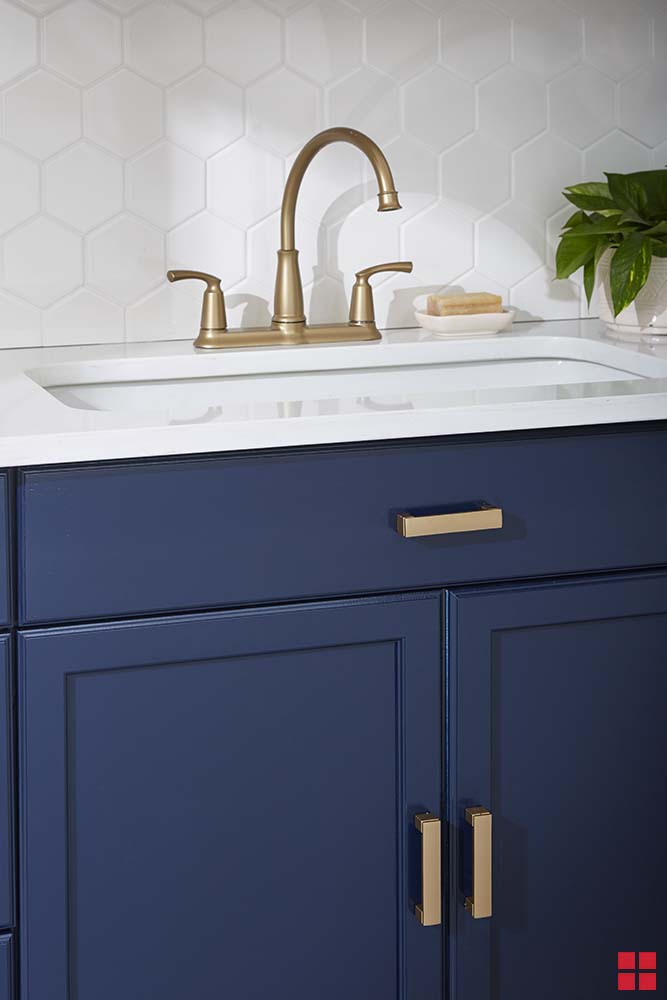
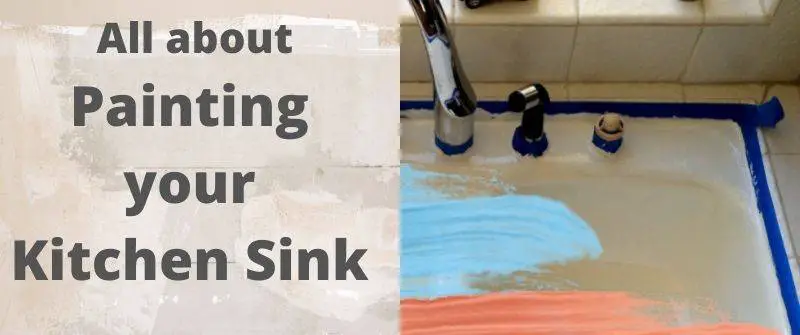
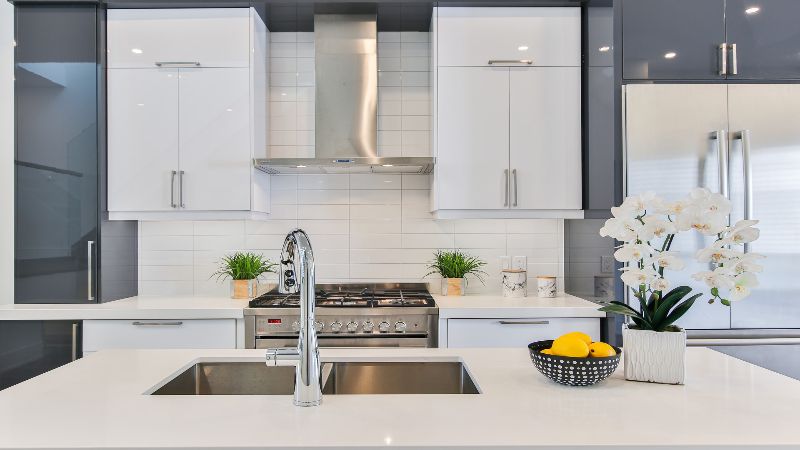
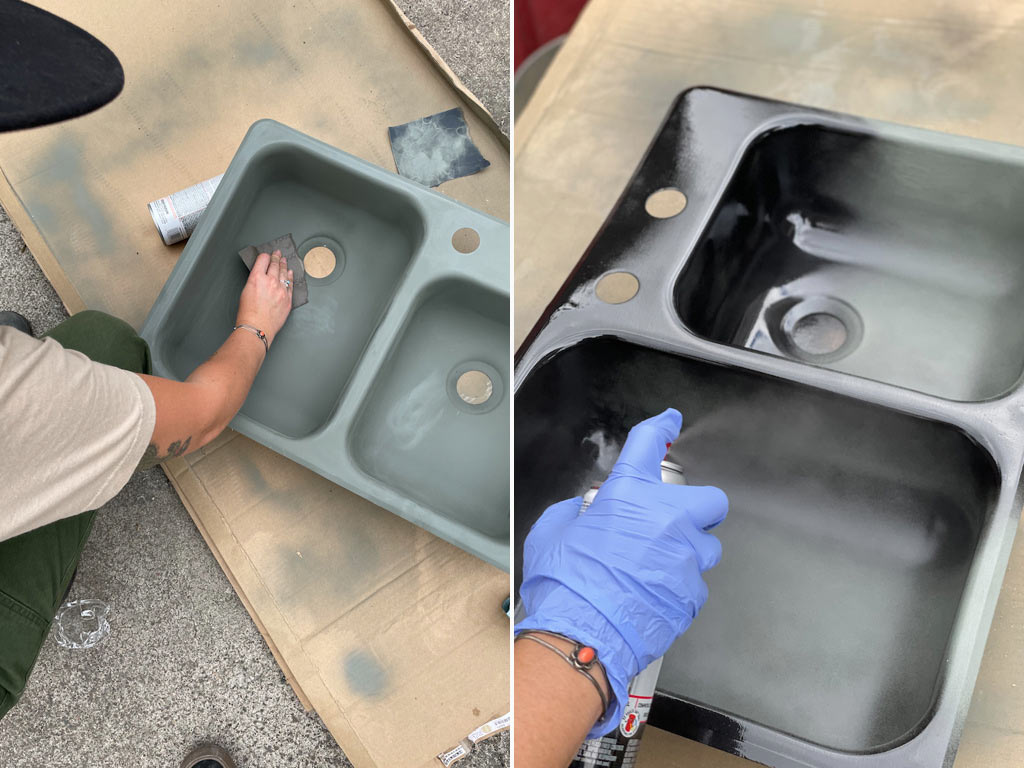
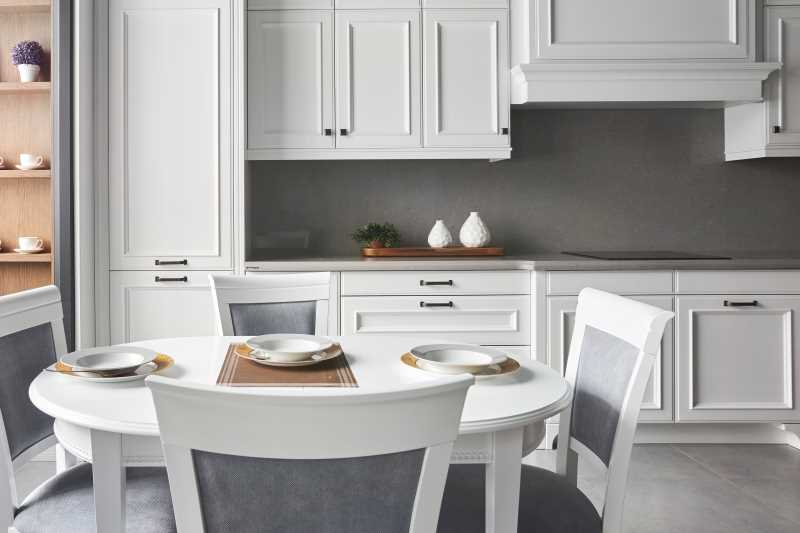
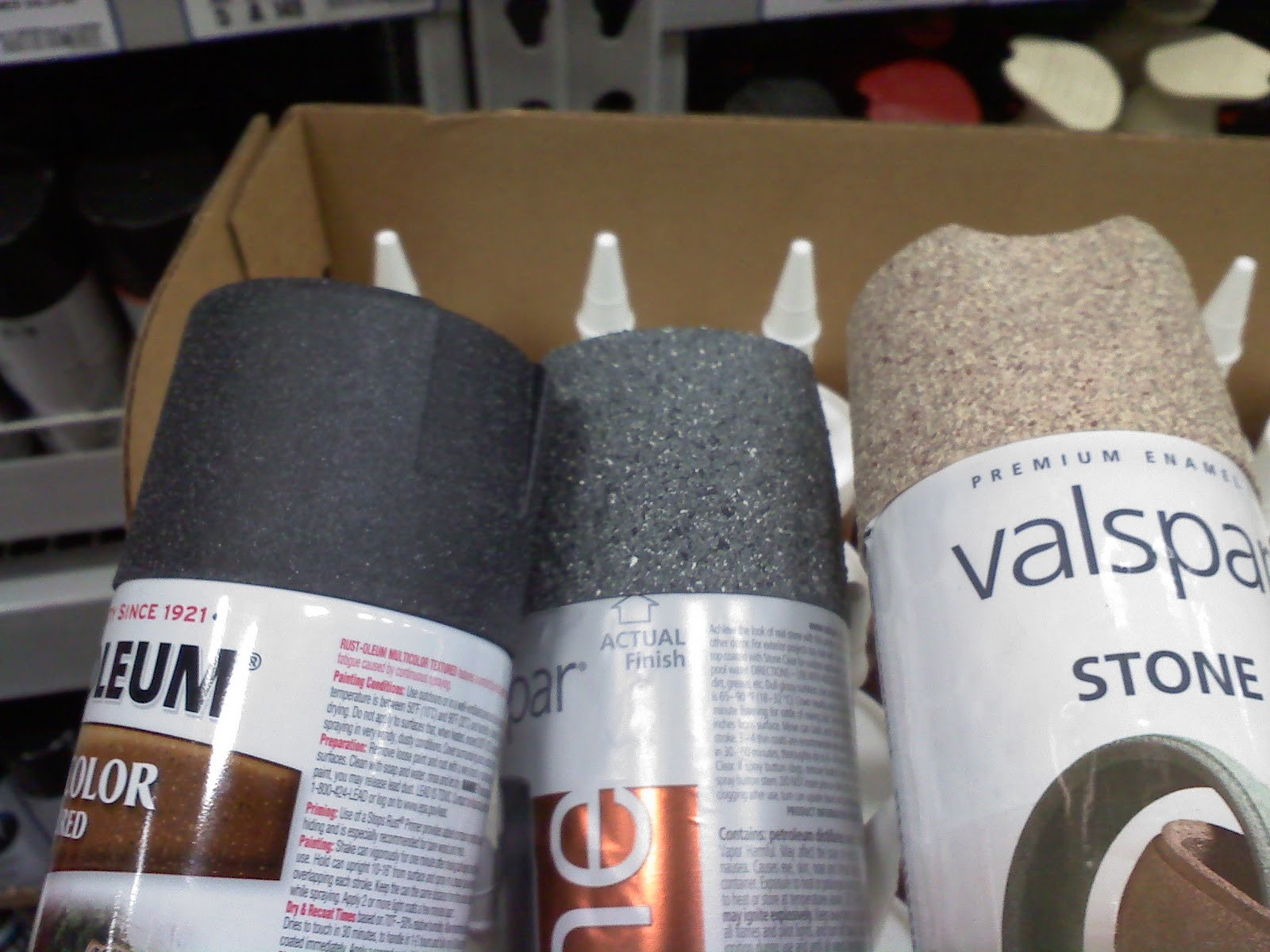


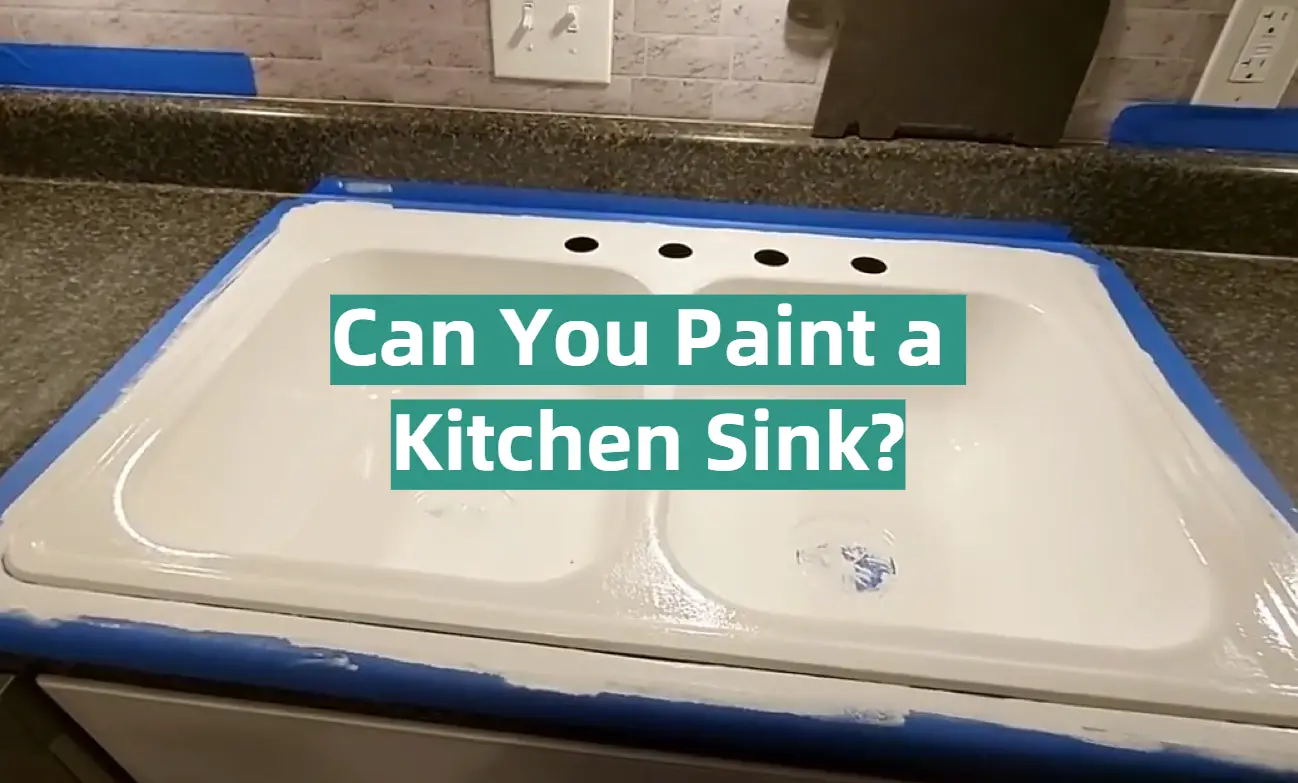



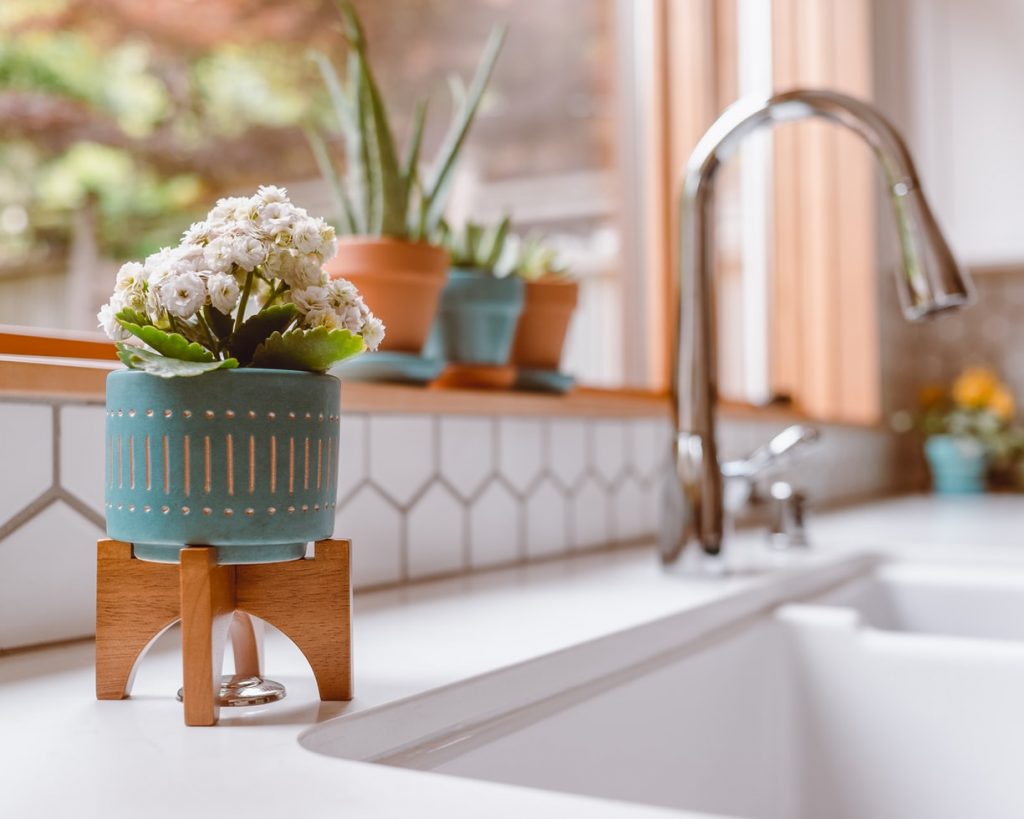




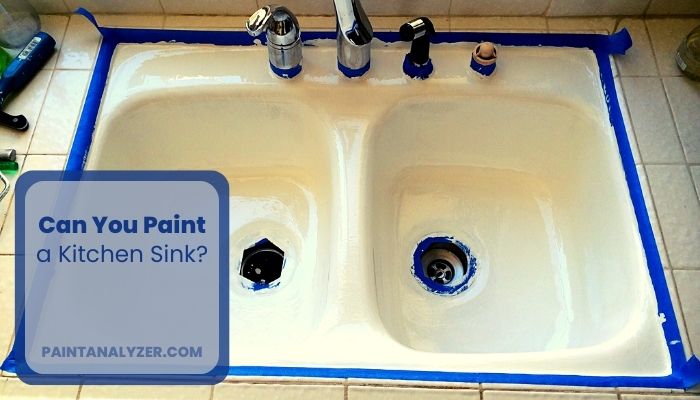
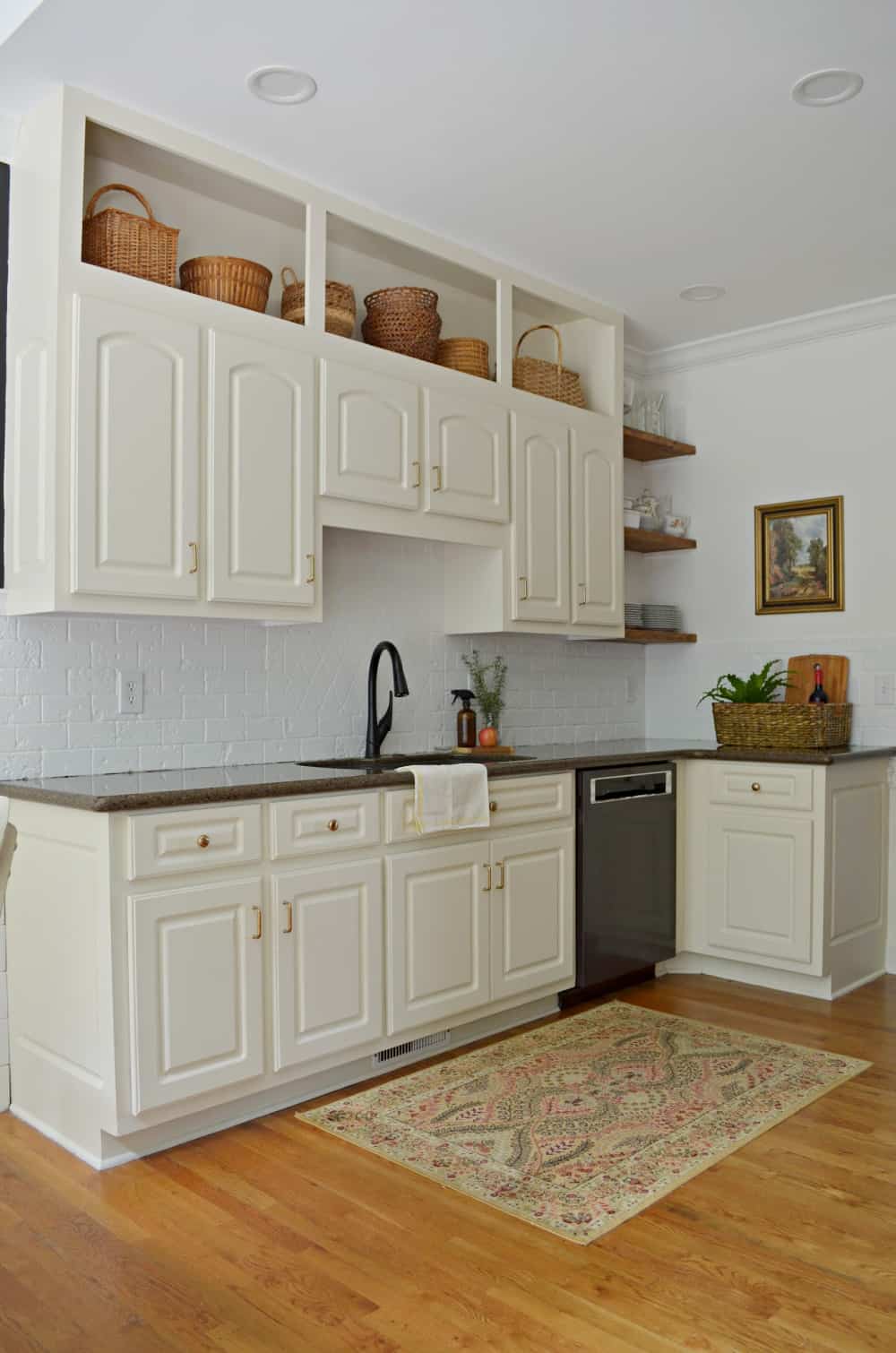


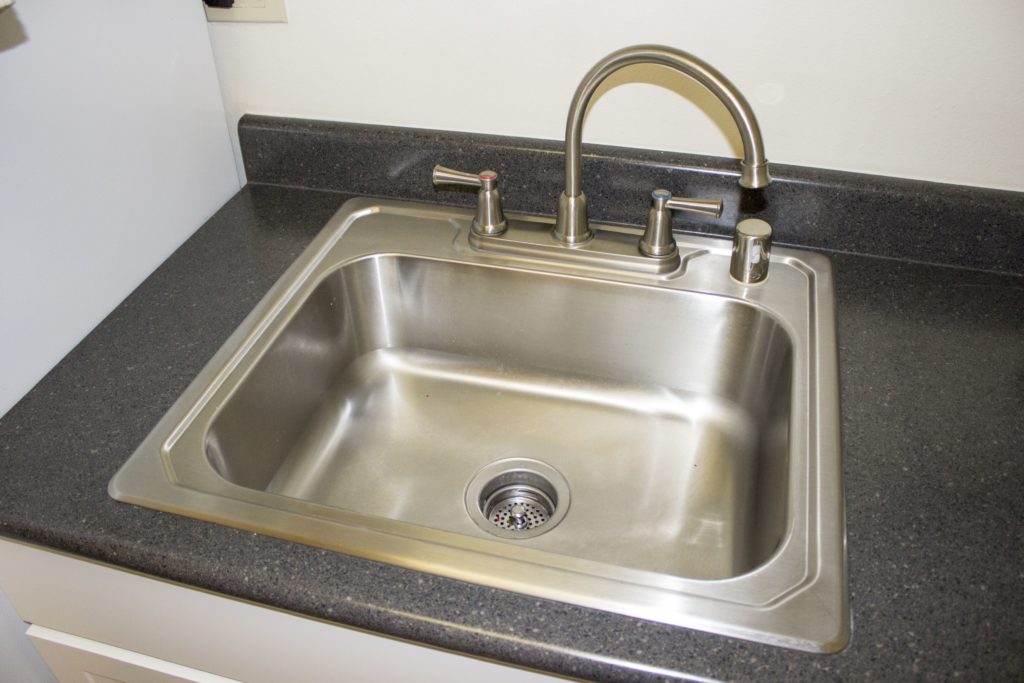
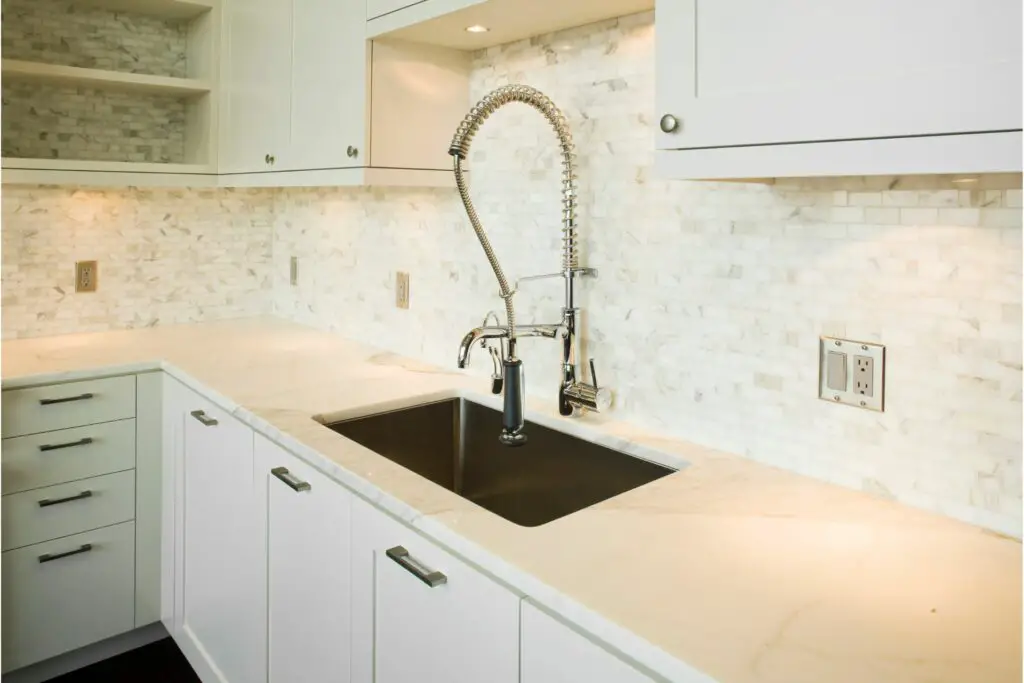
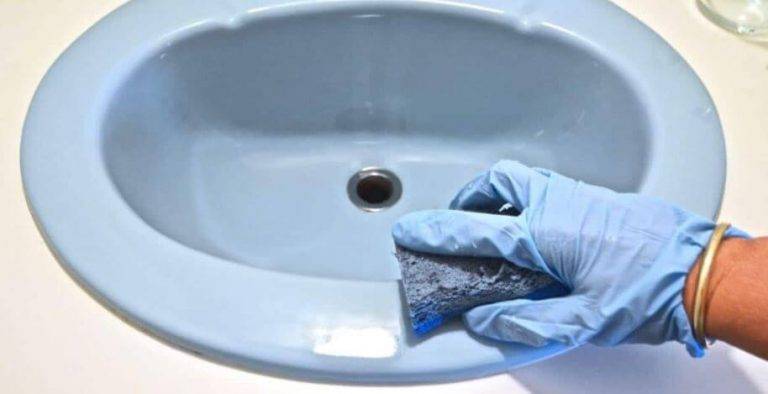
:max_bytes(150000):strip_icc()/copper-kitchen-sink-faucet_4389236-4af855f513f347c18349fcf54ce3d18e.jpg)


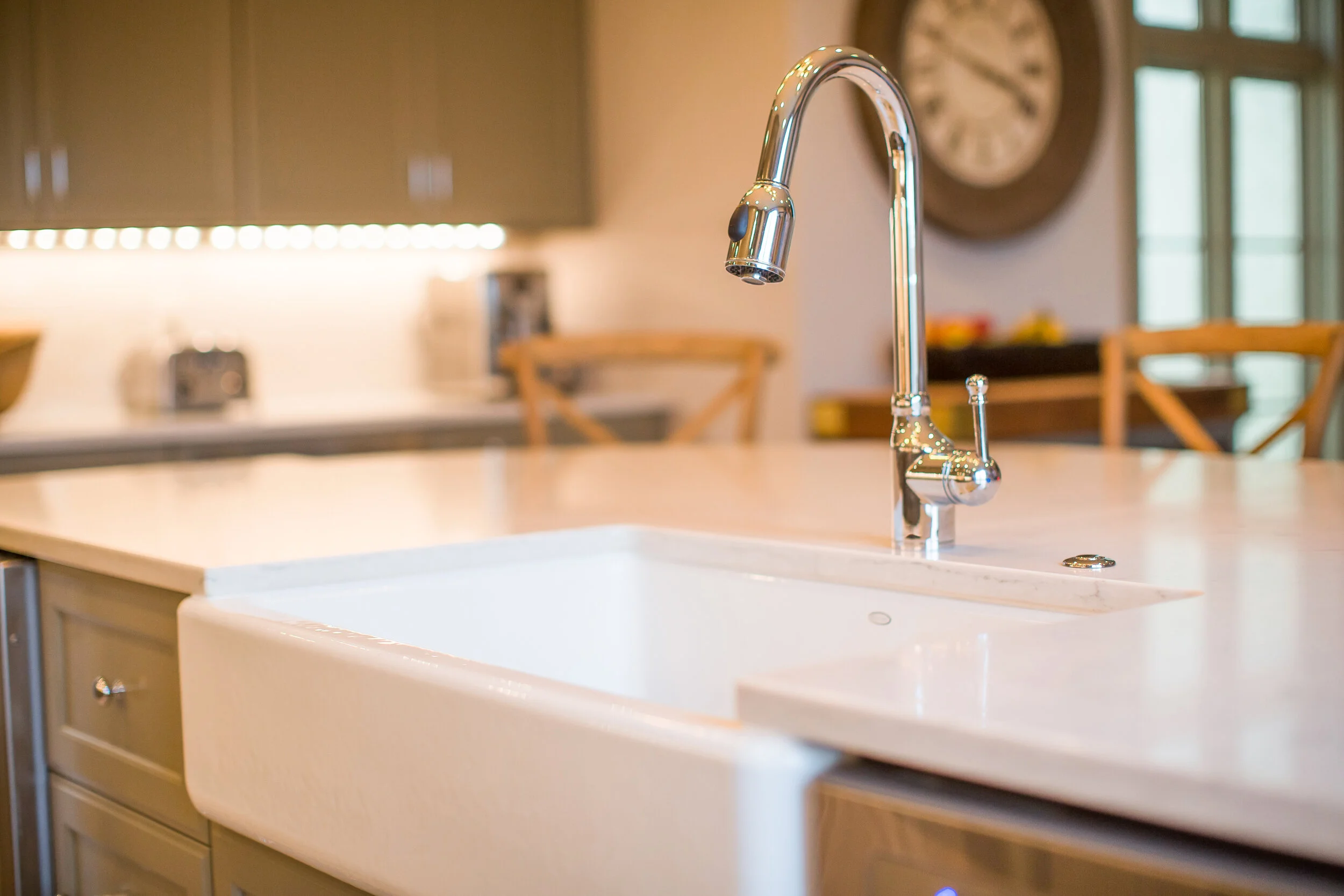

:max_bytes(150000):strip_icc()/how-to-clean-a-copper-sink-101822848-f2348e5d975246679f1ea4ff6d0329aa.jpg)
